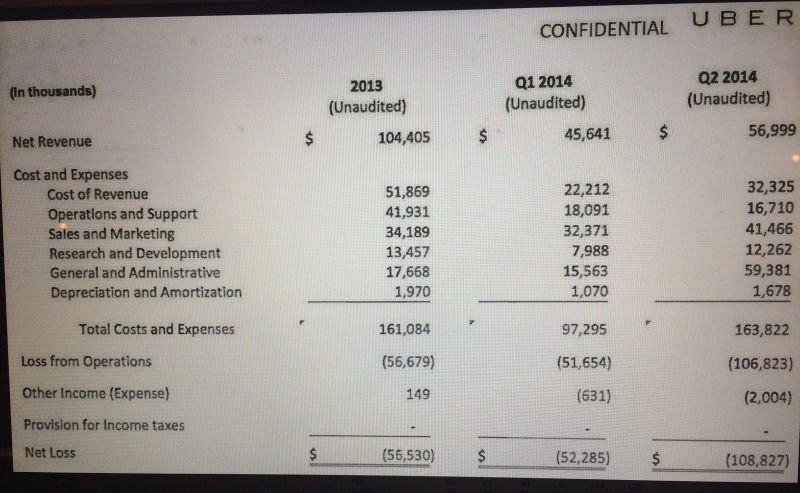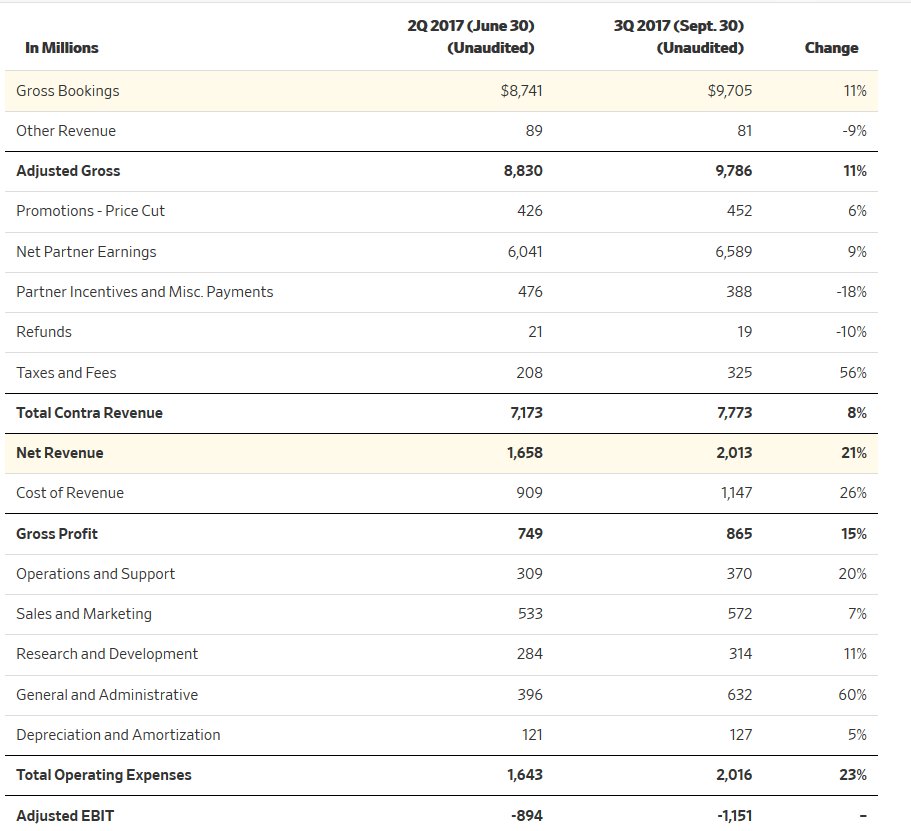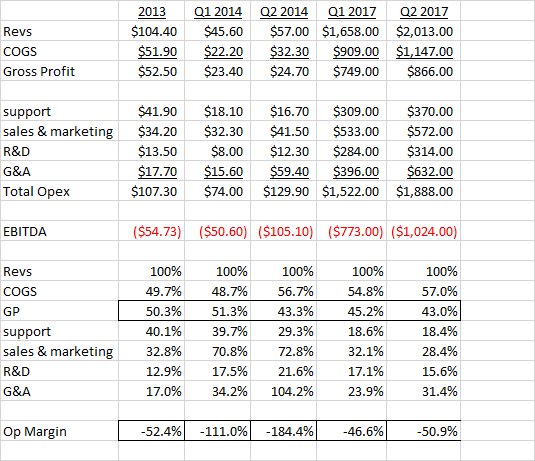To find out, we conducted a quantitative analysis of 30 years of news stories. This thread provides an overview. rand.org/pubs/research_… via @jekavanagh
This let them a) see how news has changed in tone, sentiment, and language and b) quantify the sizes of those changes.
Post-2000 reporting engaged in storytelling and emphasized interactions, personal perspective, and emotion more heavily than did stories in the pre-2000 period.
Before 2000, news stories tended to use precise language and often turned to public sources of authority (e.g., CDC, the World Bank). After 2000, they began to rely more on unplanned speech, opinions, interviews, and arguments.
In other words, news reporting has not shifted from Cronkite-style serious reporting to fiction or propaganda.




